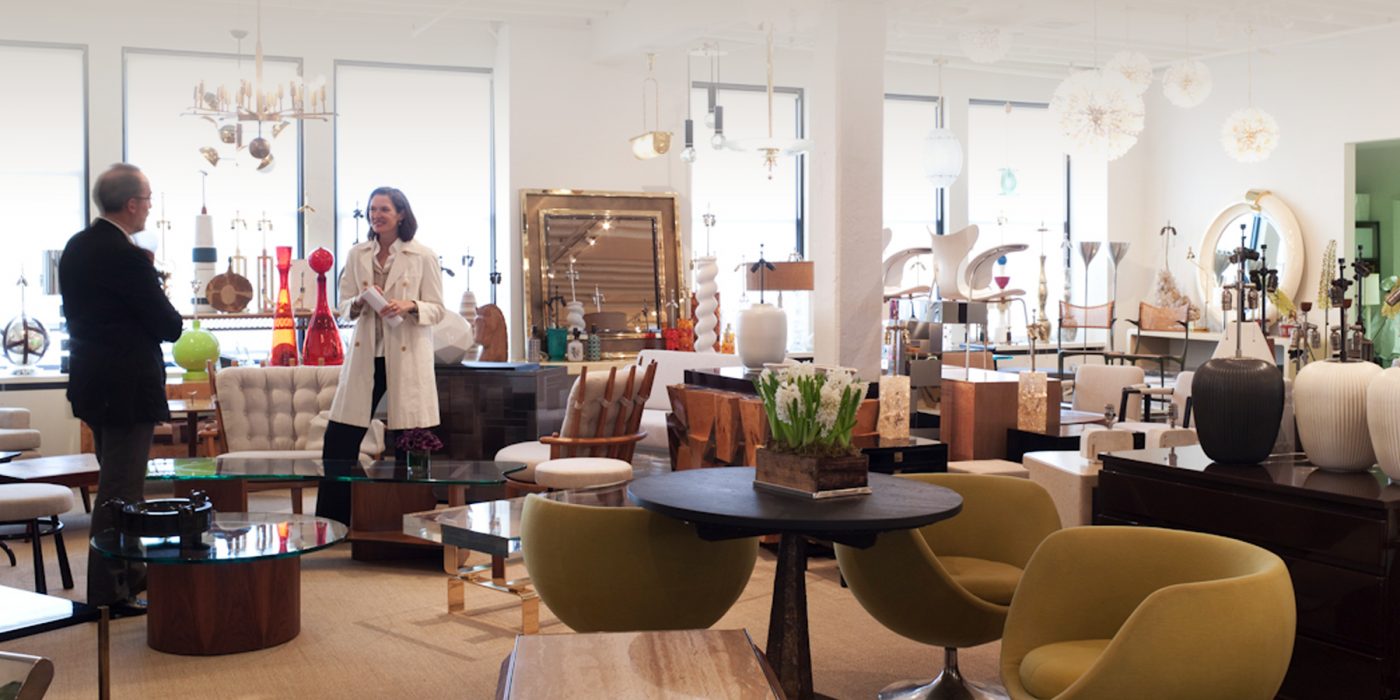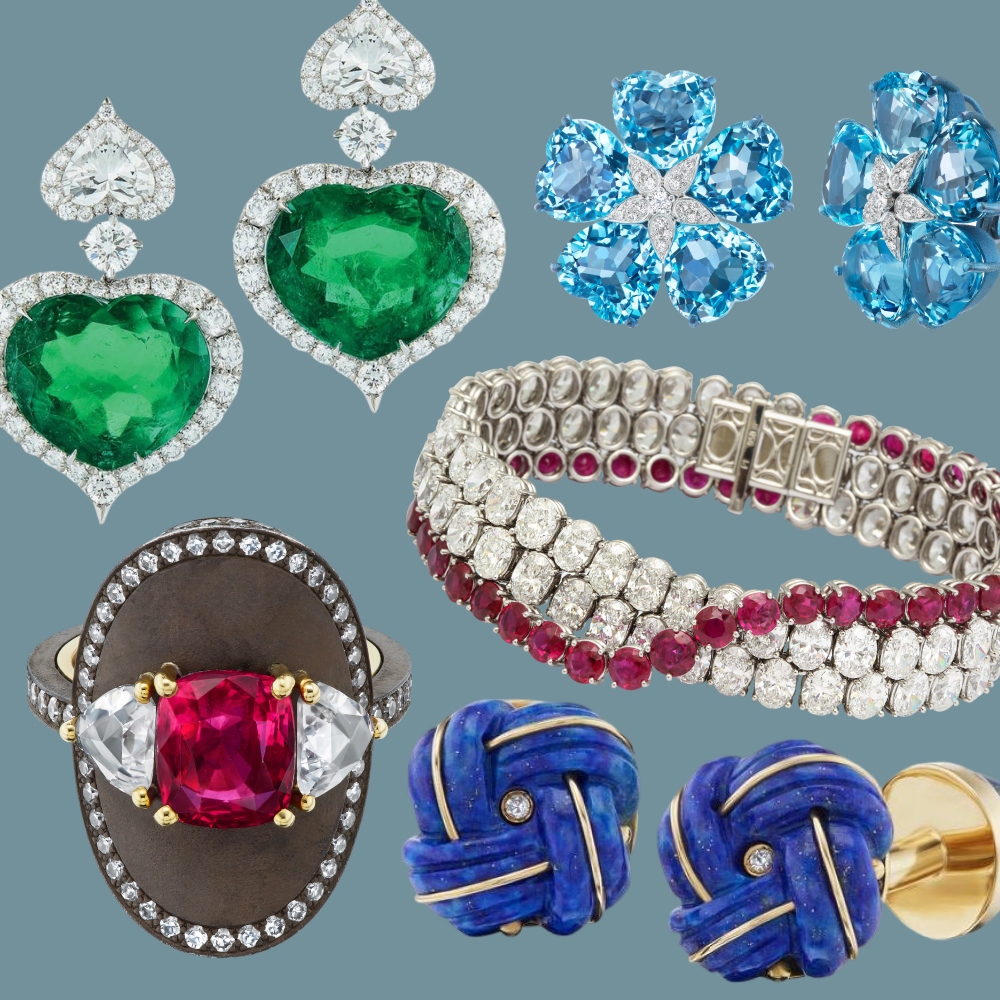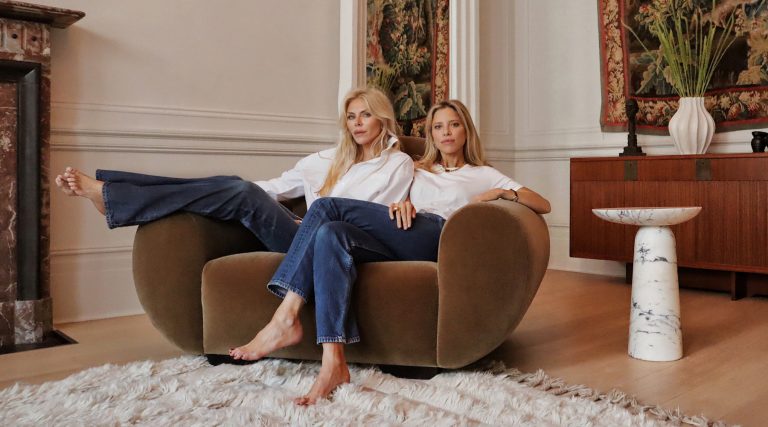
September 1, 2010Gallery owner Eric Appel with an Austrian wooden elephant from his private collection. Top: Appel’s Madison Avenue showroom in New York. Photos by Dan Mayers
Early on in his career as an antiques dealer, Eric Appel was identified by New York magazine as possessing a “sniper’s sharp eye” for his precise point of view and his ability to find just the right object. “My eye is what always has driven my business,” he agrees. Initially it propelled him not only to become a successful sculptor — with regular showings at the Madison Avenue gallery of Yves Arman — but to simultaneously oversee a thriving business creating unique, oversized props for the movies, museums and advertising.
But in 1991, while clearing out items from the Riverdale estate of an aunt and uncle, his keen vision steered his career path in another direction entirely. “My aunt and uncle were European, traveled quite a bit and were heavy smokers,” recalls Appel. “There was an abundance of silver ashtrays they had collected. A friend suggested that I sell them at his table at the Twenty-Sixth Street Flea Market. Back then it was a very exciting place with the likes of Andy Warhol and Catherine Deneuve joining the crowds and shopping the market on the weekends.”
The market — since disbanded — was an ideal way for Appel to cut his teeth and learn how to spot and identify a Christopher Dresser toast rack or a Josef Hoffmann ceramic box within a pile of ordinary objects. It also forced him to act quickly when deciding what to buy. “I knew I had a good feeling for the business,” he says. “Right from the beginning, the pieces I would pick up while shopping the market at 5 a.m. with flashlight in hand would be sold by mid-afternoon.”

A rare burled walnut Paul Evans faceted cabinet, 1970s, with an Alexandra chair by Edward Wormley for Dunbar and a large ceramic table lamp, 1960s.
Appel’s eye had already been fine-tuned. Growing up in Brooklyn he had early access to the Brooklyn Museum, where, at the age of eight, he spent his Saturday mornings taking art lessons. “I have fond memories of roaming around that museum,” he says. “I was especially enchanted by a blue and gold Aesthetic Movement drawing room removed from a Rockefeller house, which the museum had tucked away on one of its top floors.”
After participating as a teenager in a gifted arts student program at MoMA, Appel continued his studies at Pratt (where he received a BID in Industrial Design) and at Temple University’s program in Rome, where he received his MFA in painting and sculpture. “All that rigorous three-dimensional training helped make me aware of the delicate balances and proportions that make an object look right,” he explains.
Soon becoming a regular fixture at the flea market, Appel furthered his education by poring over Sotheby’s and Christie’s catalogs as well as art history books. “I became completely absorbed in the business,” he says. “It had become as creatively challenging and as fulfilling as making art.” By letting his career as an artist take a back seat, Appel opened a small shop in the Chelsea Antiques Building on what was to become known as “The Seventh Floor,” which contained other like-minded dealers such as John Gredler, C.J. Peters and Ruth Kimche. “Designers knew they could come to our floor and find a level of savvy and sophistication that set us apart,” says Appel.

Left: A Giuseppe Rivadossi sculptural cabinet, 1973, with an Ico Parisi for Altamera wooden console, 1960, and Arredoluce ceiling light, 1950s. Right: A Vasa Velizar Mihich optical plastic sculpture, 1979, with one of a pair of Hugues Steiner for Siege Stenier swivel chairs, 1966, and a Paco Rabanne Space Saver Curtain, 1960s.

A lucite and bronze coffee table in the foreground leading to a Vladimir Kagan ‘Snail’ Coffee Table; a T. H. Robsjohn-Gibbings ‘Surfboard’ Coffee Table; one of a pair of Maison Charles lacquered two-tiered tables; an Ico Parisi for Altamera console under a Maitland-Smith shagreen and ivory mirror frame and mirror.
In 2000, due to Manhattan’s insatiable appetite for developing real estate, the building was converted into residential co-ops and Appel was forced to find a new location. “This business is like life,” he says. “It is always changing and you have to know how to move with it.”
After searching several years for a new location, he had a lucky encounter with famed neoclassical antiques dealer Niall Smith. Smith tipped him off about a great space that had just become available on East 61st Street — it had light flooding through 50 feet of windows and a spectacular view of the 59th Street Bridge. Appel immediately signed the lease and, within two years, expanded into the 4,000-square-foot space that he still occupies. He has also raised the bar on what he sells, refining his choices to distinctive mid-century modern furnishings. “It is these well designed modern objects that I find most gratifying to handle and sell,” he says.
In his showroom, an Alexandra chair by Edward Wormley for Dunbar, circa 1960, holds particular delight: “The sinuous lines of the chair dance for me.” He equally appreciates the magical properties of a Josef Lobmeyr chandelier done for the Metropolitan Opera in 1966. It is one of only six that exist outside of the famed opera house. Appel likens it to an electric snowflake. A Robsjohn Gibbings sofa embodies everything Appel admires in 1950s design, thanks to its sleek modern sensibilities merged with the designer’s appreciation for classical proportions.
But don’t think about inquiring about the Austrian red toy elephant, circa 1920, tucked in the back of his office. “In this business you always wind up falling in love with some objects that you are unwilling to part with,” he says. As to where Appel continues to find his daily dose of creative inspiration, he admits it’s never far away: “I get a lot of it on my daily commute to work on the R train.”


